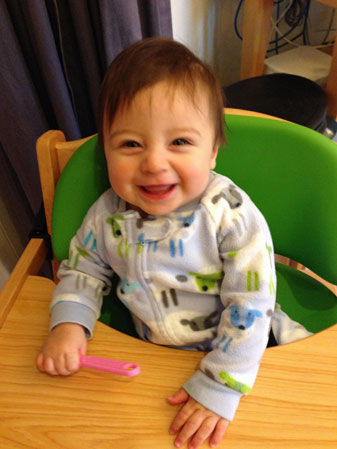From the outset of my novel-in-progress about a gay man’s spiritual journey, I have wrestled with the question of my right to represent this character in his own voice. (It doesn’t help that some gay male writers, not exempt from the deformations of patriarchy, occasionally snipe about “middle-aged housewives” who intrude on their literary turf.) How to explain, without reenforcing straight privilege to interpret queer experience, that on some level I feel that my protagonist is me, and that I write not so much as an ally but as an autobiographer of an alternate life? Writers of persona poems and historical fiction face the same challenge of entering another’s perspective with empathy rather than self-centered appropriation.
Karla Kelsey’s latest review at The Constant Critic expresses well the philosophical nuances of literary empathy, which she says is made possible by the multiplicity of the self. Our conscious experience already exceeds the first-person “I”. Discussing Mei-mei Berssenbrugge’s new collection, Hello, the Roses, Kelsey writes:
Inhabiting another’s first-person perspective in the same way that he, she, or it, does, not only seems psychologically impossible, but also would efface the very thing that ensures the existence of all that is not-me in the world. As Husserl among others points out, had I the same access to the consciousness of another as I have to my own, that other would cease being another and instead become part of myself.
Thus the bind: one cannot inhabit anyone else’s first-person experience, and it is precisely this limit that makes another other to me. At the same time, we don’t want to say that we have completely no access to another’s first-person perspective. We want to say that what we feel in affective, empathetic moments is not merely a solipsistic self-projection.
While studies on the problem of mind hash these problems out via the discipline of philosophy, worries over the lyric I reflect the way these problems circulate in the language of poetry. As we know, the lyric I is the poster-child for the expression of first-person experience. And while we might grow tired of the limits of this perspective—of the hemming and hawing of these I’s, aching through their embodiments, bemoaning the fleeting nature of relational connection—we balk at lyric expression that “feels into” the first person experience of another. The ethical risks of such attempts at empathy include the effacement of fundamental difference with fantasy—and passing fantasy off as some sort of emotional truth.
But this need not lock us into a Cartesian box, for “Je est un autre” (Rimbaud). Or, if you prefer philosophy, “The other can be evident to me because I am not transparent for myself, and because my subjectivity draws its body in its wake” (Merleau-Ponty). We can open the box from a trap door built into its bottom: there are many ways that we experience ourselves as other to our first-person experience of the world, for we exceed our pronouns. And this first-person experience of excess, of self-as-other is kin to an experience of the otherness of that which is not the self. The otherness of other humans, animals, nature, and objects.
Perhaps we first recognize otherness because it is a fundamental relationship that we have to ourselves. Simply touch your right hand with your left and you are both touching and touched. Catch your image in a mirror unexpectedly and who is that, for a moment, you wonder. Leafing back through old poems—through a poem you wrote yesterday—you have the distinct feeling that you did not write what is on the page. As such, one way to think about empathy is along the self’s subject/object edge, considering the fact of the self as simultaneously occupying a subject and object position and exploring the object-self’s relationship with other objects.
Read the whole essay here.
